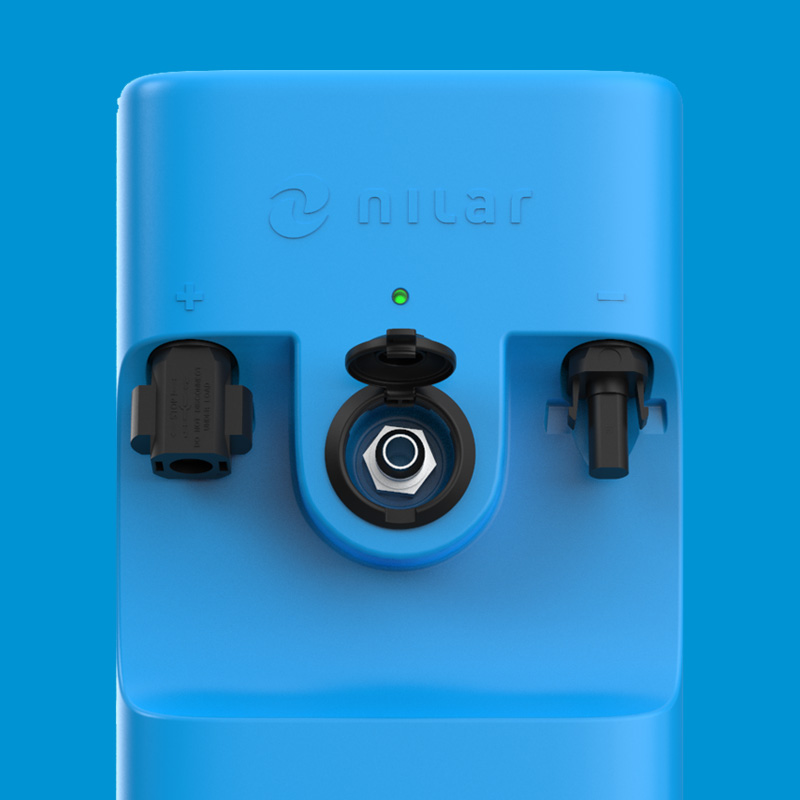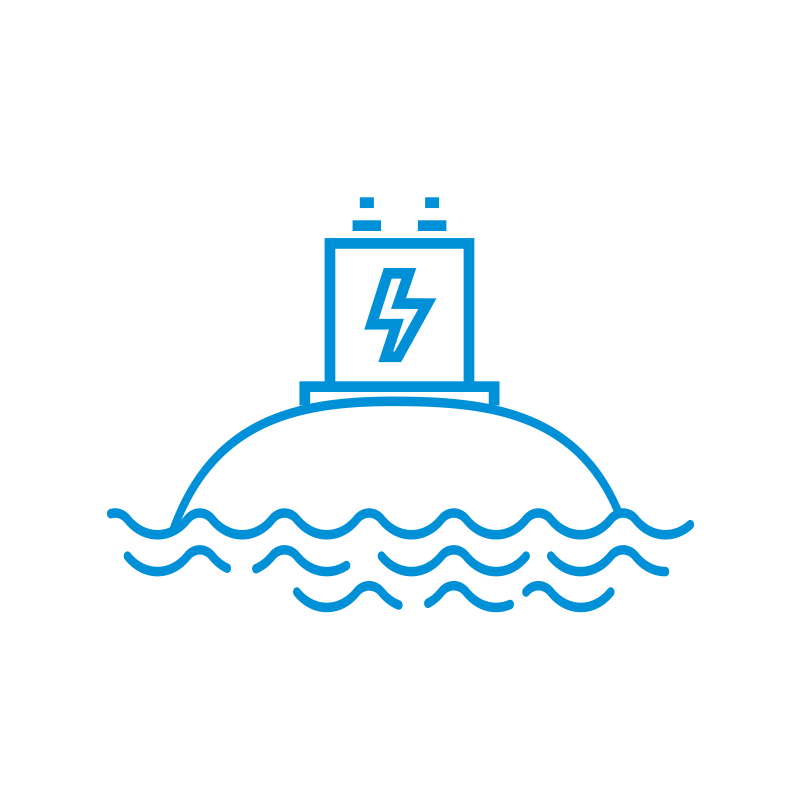Battery systems for commercial & industrial properties
When you choose batteries for a housing association or office property, a shopping centre or a charging station, it is important to minimise risks. Nilar’s batteries are the safe alternative for storing energy. Thanks to its water-based electrolyte, a Nilar battery cannot catch fire or explode. The modular Nilar battery supports scalable solutions for energy storage in order to meet the needs within different types of applications.
Reliable, smart and efficient batteries
The robust Nilar Hydride® chemistry combined with our patented bi-polar construction, contributes to the long service life of the battery. In fact, even if fully discharged or overcharged, this won’t impact the aging process. This provides a reliable source of power designed to last.


Discover our products
We design, develop and manufacture Nilar Hydride® batteries in our state-of-the-art factory in Gävle, Sweden. With sustainable and safe products, we enable the optimal energy storage system, whether it be for a housing association, office property, charging station or infrastructure project.
What can you do with energy storage containing Nilar batteries?
An energy storage solution using Nilar batteries can perform many different tasks in an industrial application. These tasks can be used in different situations and in combination with each other to provide the specific functions that your application needs.

Islanding
Islanding occurs when a local generator continues to power a location even when the electrical grid is no longer present, such as at remote locations with an unreliable grid.

Peak Shaving
Slowly charging your battery with low power and discharging it with high power for short periods helps reduce peaks in power consumption.

Off-grid
For remote areas where the electricity supply is unreliable or non-existent, an energy storage can be charged from energy sources not connected to the grid and discharged when these sources are unavailable.

Backup
A backup system can be used when the regular power supply is unavailable, allowing for a more continuous power supply. By always conserving part of the energy storage capacity, energy is available if power losses occur.


